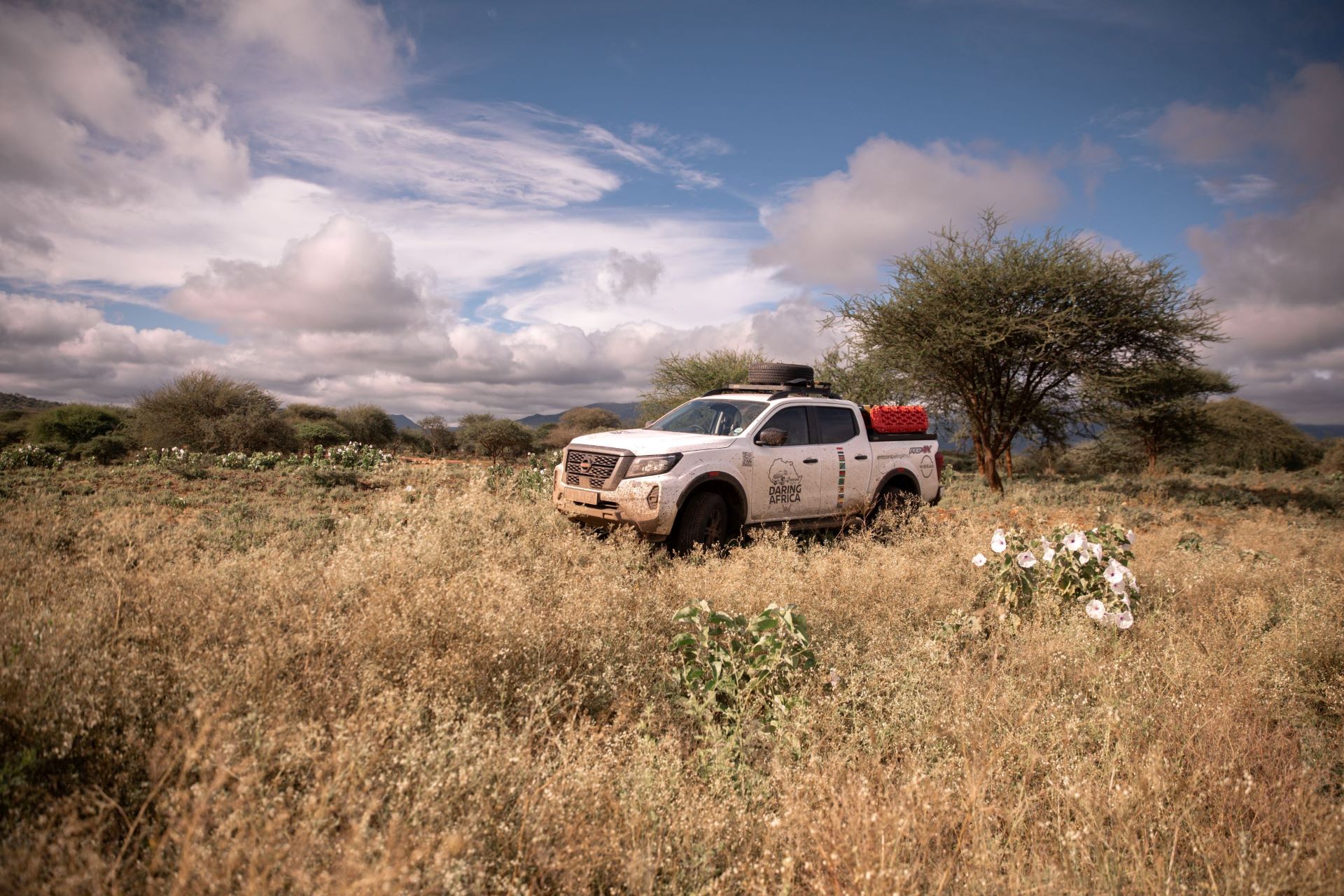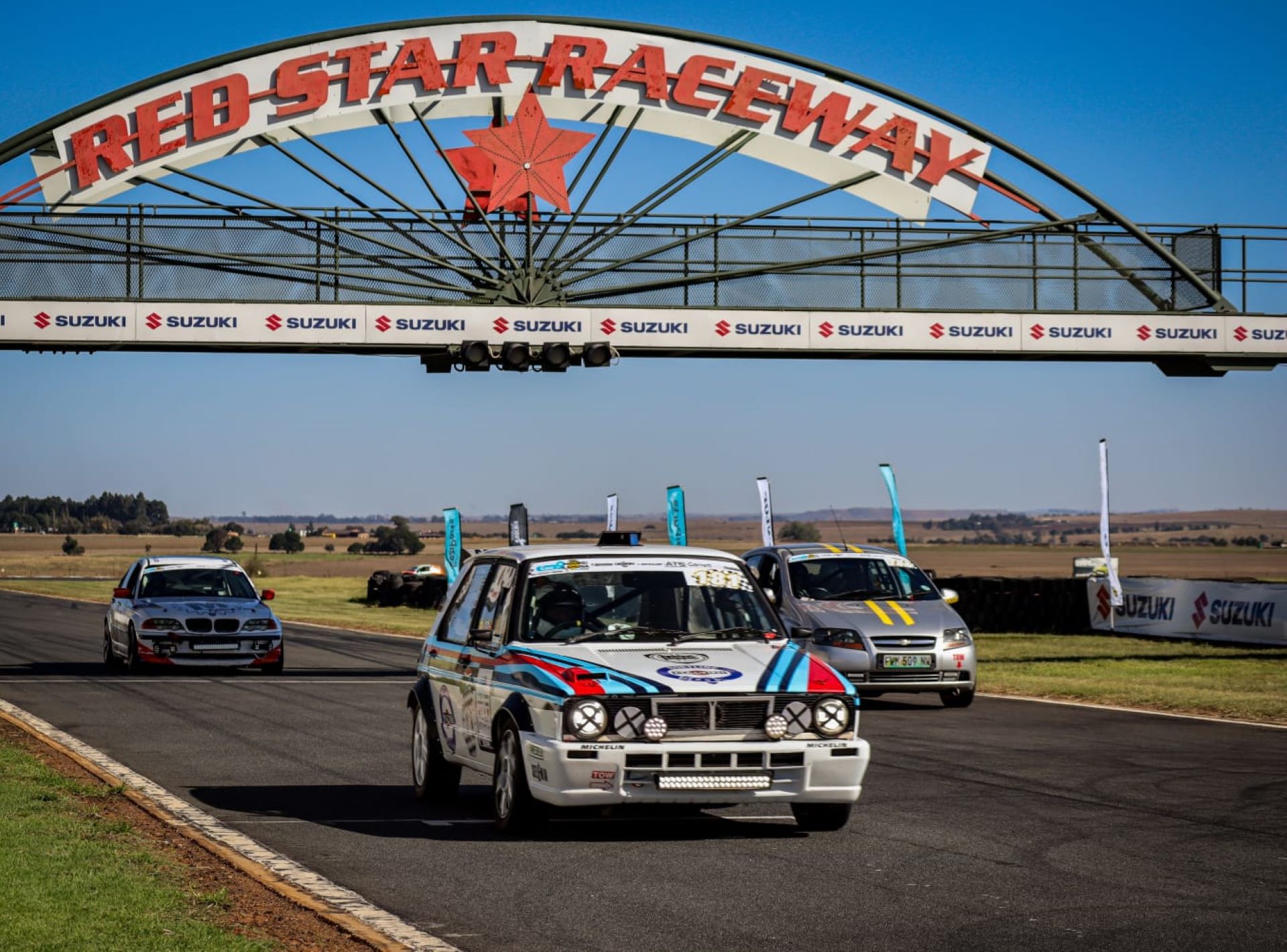Intelligent lightweight construction plays a decisive role in reconciling the classic conflict between the objectives of low weight and high strength in the CLS Shooting Brake. The model features frameless, all-aluminium doors, for example. The aerodynamic design also makes a crucial contribution to efficiency, with a Cd value of 0.29.

The second-generation CLS Coupé was the first vehicle from Mercedes-Benz with frameless all-aluminium doors. The Shooting Brake also features these doors produced from deep-drawn aluminium panels with extruded sections, which are around 32 kilograms lighter than conventional steel doors.
Apart from the doors, the bonnet, front wings, rear door and various support profiles are all made of aluminium. The front end is a hybrid construction made of aluminium panels and plastic strengthened with fibre-glass. The one-piece aluminium crash boxes in the front area are fitted in the side members and screwed into the side with them.
The large front bumper with the integrated grille sporting the central star is made of polypropylene. A front-end hybrid construction made of aluminium panelling and glass fibre-reinforced plastic provides a supporting structure for the bumpers. A perfect fit for the front and a uniform gap pattern are ensured on every CLS by means of specially adjustable assembly devices.
About 72 percent of all panels used for the bodyshell are made from rigid and ultra-rigid steel alloys. The ultra-rigid high-tech alloys, which have three to four times more tensile strength than conventional rigid types of steel, account for around eight percent of total weight. They are deployed in areas in which materials could be subjected to extreme stress in the event of an accident -, in the B-pillars and side frame of the roof in the event of a side-on collision, for example – and in the rear to create a stable crossmember.
Front-end structure: crumple zone on four levels
The front crumple zone has four independently acting impact levels, which enable the forces to be distributed over a wide area while bypassing the passenger cell.
Sectional panels above the wheel arches form the upper side-member level. From here, the impact forces are channelled into the A-pillars and, subsequently, into the roof frame. An aluminium crossmember connects the forward-extended side members and ensures that the forces are transferred to the side facing away from the impact. The crossmember and the forward-extended side members form the central impact zone.
The subframe to which the engine, steering and front axle are attached also serves as an impact level in the event of a frontal collision. It is made of high-strength steel and, depending on the engine variant, can be connected to the newly developed floor side members by means of special supporting tubes. As a consequence, the subframe can deform in a predetermined manner and absorb energy in the event of a crash on the one hand and channel high impact forces straight into the vehicle floor on the other.
The side skirts have been extended forwards to support the wheel and prevent it from entering the footwell in the event of an offset frontal collision. In order to provide specifically targeted front-wheel support and location, Mercedes-Benz has also developed special struts and additional energy-absorbing elements for the wheel arches. The struts are arranged diagonally and prevent the passenger cell from sinking in the event of an impact.
The firewall is a four-part construction. This design enables Mercedes-Benz engineers to vary the material thickness according to the level of vulnerability in an accident. As the load acting on the firewall during a frontal crash is greatest in the lower section, the sheet steel used here is almost 50 percent thicker.
As well as being a major reason behind the high level of impact resistance, this intelligently designed bodyshell reduces noise and vibration. The Sindelfingen engineers paid particular attention to the connecting points between the chassis and the bodyshell, which are required to withstand very high forces. These were specifically reinforced to ensure that road-induced vibrations are not transferred to the body at the expense of driving enjoyment.
Passenger cell: custom-designed floor panels and robust load-bearing sections
The passenger cell of the CLS has been shown to be a highly robust structure which keeps the occupant space intact, even at high impact speeds, regardless of whether the collision is head-on, from the rear or from the side, or whether the vehicle rolls over. The use of high-strength steel and thicker panels plays as important a role here as the installation of additional load-bearing members.
The main floor assembly thus consists of different sheet-metal plates that either undergo flexible rolling or are welded together by laser beam and subsequently shaped. ‘Flexible’ means that the high-tensile steel can be processed in such a way that areas with different steel thicknesses can be
produced within a single component. The middle blank forms the tunnel – the actual backbone of the passenger cell. Here the thickness of the custom-designed panels varies between 0.7 and 1.1 millimetres, and between 1.55 and 2.0 millimetres for the tunnel reinforcements, depending on the stresses and loads to which they are subjected.
The continuous floor side members, the insides of which are further reinforced with extra sections, are very important both for occupant protection and the rigidity of the bodyshell. Their front faces connect to the side members, thereby lengthening the load-bearing paths along which forces can be
distributed in the event of an impact. At the rear, the floor side members extend as far as the crossmember beneath the rear seat unit to stabilise the entire floor structure.
The Mercedes engineers have also incorporated sturdy aluminium transverse sections – known as transmission tunnel braces – into the floor assembly. One is located beneath the transmission, and is designed to direct forces to the side of the vehicle facing away from the impact in the event of a side-on collision. The second forms a connection between the two side members. It likewise braces the floor assembly and is able to channel impact forces into the floor structure at an early stage following a side-on collision.
Rear-end structure: side members with specifically graduated material thicknesses
Multi-piece side members and a robust, flexible crossmember made from ultra-high-strength steel form the key components of the rear-end structure. The rear side members are continuous, closed box sections with carefully graduated material thicknesses. These are able to absorb high forces, thereby making a decisive contribution to occupant safety in the event of a rear impact. The bolt-on flexible crossmember is manufactured using a flexible rolling process which likewise allows the material thickness to be varied as required.
Accordingly, the material thickness on the outside of the crossmember – where impact loads are highest – is greater than on the inside.
Aerodynamics: fine tuning of the body
The aerodynamics also make a significant contribution to the efficiency of the Mercedes-Benz CLS Shooting Brake. With a frontal area of 2.30 m² and a Cd value of 0.29, the drag area is 0.67 m².
These values result from fine-tuning work on the body and technical measures such as a cooling air louver. Other focuses of aerodynamic development have been on reducing wind noise and keeping all surfaces which contribute to visibility free of soiling.
Specifically, the key focuses of aerodynamic development work were as follows:
- Exterior mirrors optimised in terms of aerodynamics, aeroacoustics and dirt deflection, positioned expediently on the beltline
- Aerodynamically efficient design of the front and rear aprons and the rear spoiler
- Improved sealing of the radiator section and utilisation of air flows to make efficient use of the available cooling air, deployment of a cooling air louver
- Flow-optimised drip rails in the area of the A-pillars
- Aerodynamically optimised underbody with wheel spoilers and extensive engine compartment and main floor panelling
- When the CLS is fitted with AIRMATIC air suspension, the body is lowered by 10 millimetres at speeds of over 140 km/h
- As a result of the standard-fit air suspension at the rear axle the body always remains horizontal and thus in a defined position in the wind, even when carrying a full load.


